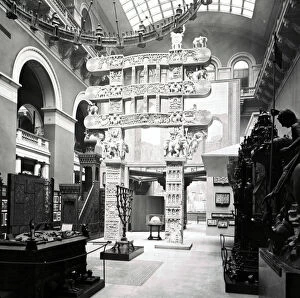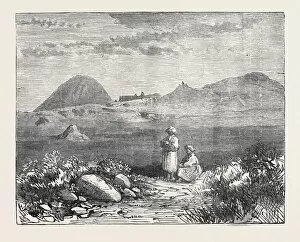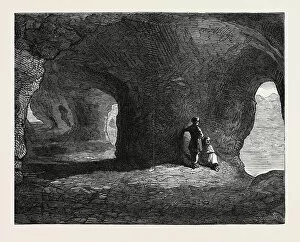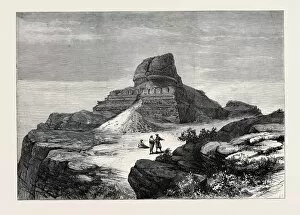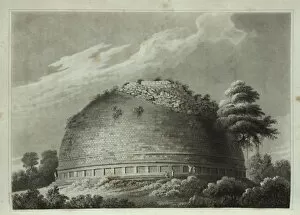Tope Collection (#3)
"Tope: A Glimpse into the Mystical World of Ancient Stupas and Reliquaries" Step back in time and immerse yourself in the captivating world of "tope
For sale as Licensed Images
Choose your image, Select your licence and Download the media
"Tope: A Glimpse into the Mystical World of Ancient Stupas and Reliquaries" Step back in time and immerse yourself in the captivating world of "tope, " as we explore a collection of remarkable artworks and architectural marvels. From the East Gate of the Great Stupa of Sanchi to the Ushnishavijaya Enthroned in the Womb of a Stupa, these creations transport us to ancient times. In 1890, an unknown artist crafted the East Gate of the Great Stupa of Sanchi, showcasing intricate carvings that depict stories from Buddhist scriptures. The attention to detail is awe-inspiring, leaving visitors spellbound by its grandeur. Moving forward through history, we encounter Captain Linnaeus Tripe's lens capturing Rangoon's Henzas on the East Side of Shwe Dagon Pagoda in November 1855. The photograph transports us to a bustling street scene where locals go about their daily lives against this majestic backdrop. Continuing our journey, we delve deeper into India's rich heritage with James Grant's depiction of Hindoo Architecture at North Gate Temple in Sanchi. This stunning example showcases exquisite craftsmanship that has stood strong for centuries, preserving ancient traditions within its walls. The Tope or Temple Dhameh near Benares takes center stage as James Grant captures its magnificence around 1891. Its towering presence evokes a sense of spirituality and reverence among those who visit this sacred site. As we venture beyond India's borders, Taxila greets us with a lithograph depicting a vibrant street scene from 260 AD. Here lies evidence not only of human existence but also hints at cultural exchanges that shaped civilizations during this era. Returning to relics closer home, various stupa reliquaries take us on an artistic journey across different periods - from Kushan period (2nd century) to Polonnaruva period (12th century).

